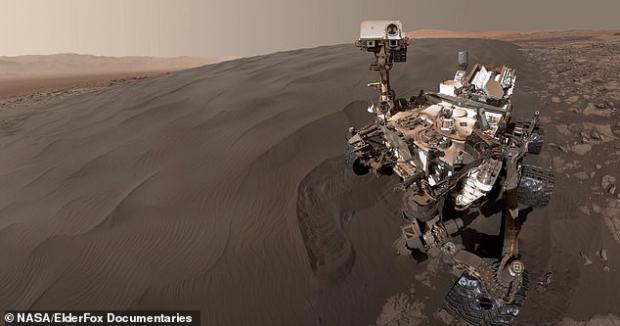
Breaking News
 Christmas Truce of 1914, World War I - For Sharing, For Peace
Christmas Truce of 1914, World War I - For Sharing, For Peace
 The Roots of Collectivist Thinking
The Roots of Collectivist Thinking
 What Would Happen if a Major Bank Collapsed Tomorrow?
What Would Happen if a Major Bank Collapsed Tomorrow?
Top Tech News
 EngineAI T800: Born to Disrupt! #EngineAI #robotics #newtechnology #newproduct
EngineAI T800: Born to Disrupt! #EngineAI #robotics #newtechnology #newproduct
 This Silicon Anode Breakthrough Could Mark A Turning Point For EV Batteries [Update]
This Silicon Anode Breakthrough Could Mark A Turning Point For EV Batteries [Update]
 Travel gadget promises to dry and iron your clothes – totally hands-free
Travel gadget promises to dry and iron your clothes – totally hands-free
 Perfect Aircrete, Kitchen Ingredients.
Perfect Aircrete, Kitchen Ingredients.
 Futuristic pixel-raising display lets you feel what's onscreen
Futuristic pixel-raising display lets you feel what's onscreen
 Cutting-Edge Facility Generates Pure Water and Hydrogen Fuel from Seawater for Mere Pennies
Cutting-Edge Facility Generates Pure Water and Hydrogen Fuel from Seawater for Mere Pennies
 This tiny dev board is packed with features for ambitious makers
This tiny dev board is packed with features for ambitious makers
 Scientists Discover Gel to Regrow Tooth Enamel
Scientists Discover Gel to Regrow Tooth Enamel
 Vitamin C and Dandelion Root Killing Cancer Cells -- as Former CDC Director Calls for COVID-19...
Vitamin C and Dandelion Root Killing Cancer Cells -- as Former CDC Director Calls for COVID-19...
 Galactic Brain: US firm plans space-based data centers, power grid to challenge China
Galactic Brain: US firm plans space-based data centers, power grid to challenge China
Mars as you've never seen it before: Incredible images captured from the Martian surface...

British YouTubers ElderFox Documentaries have taken thousands of pictures and converted them into ultra high definition for a 'world first' view of the Red Planet.
The team describe their documentary as 'the most lifelike experience of being on Mars' and since being uploaded on July 17 it has had over 2.3 million views.
They put the images together into a ten minute video that takes the viewer on a journey through the eyes of the NASA Spirit, Curiosity and Opportunity rovers.
The video opens with a narrator saying 'the images in this video are all real' telling viewers to 'sit back, relax and enjoy this journey across another world'.
There is no 'live footage' of the Red Planet from the NASA rovers but the team stitched thousands of images together to create panoramas that they panned across to create an effect similar to that of a live video.
All of the images are publicly available and shared by NASA on its website including a 1.8 billion pixel mosaic of the Martian surface.
This was taken from an area known as Glen Torridon and is made up of more than 1,000 images from Curiosity taken between November 24 and December 1, 2019.

 The State's Last Stand
The State's Last Stand


